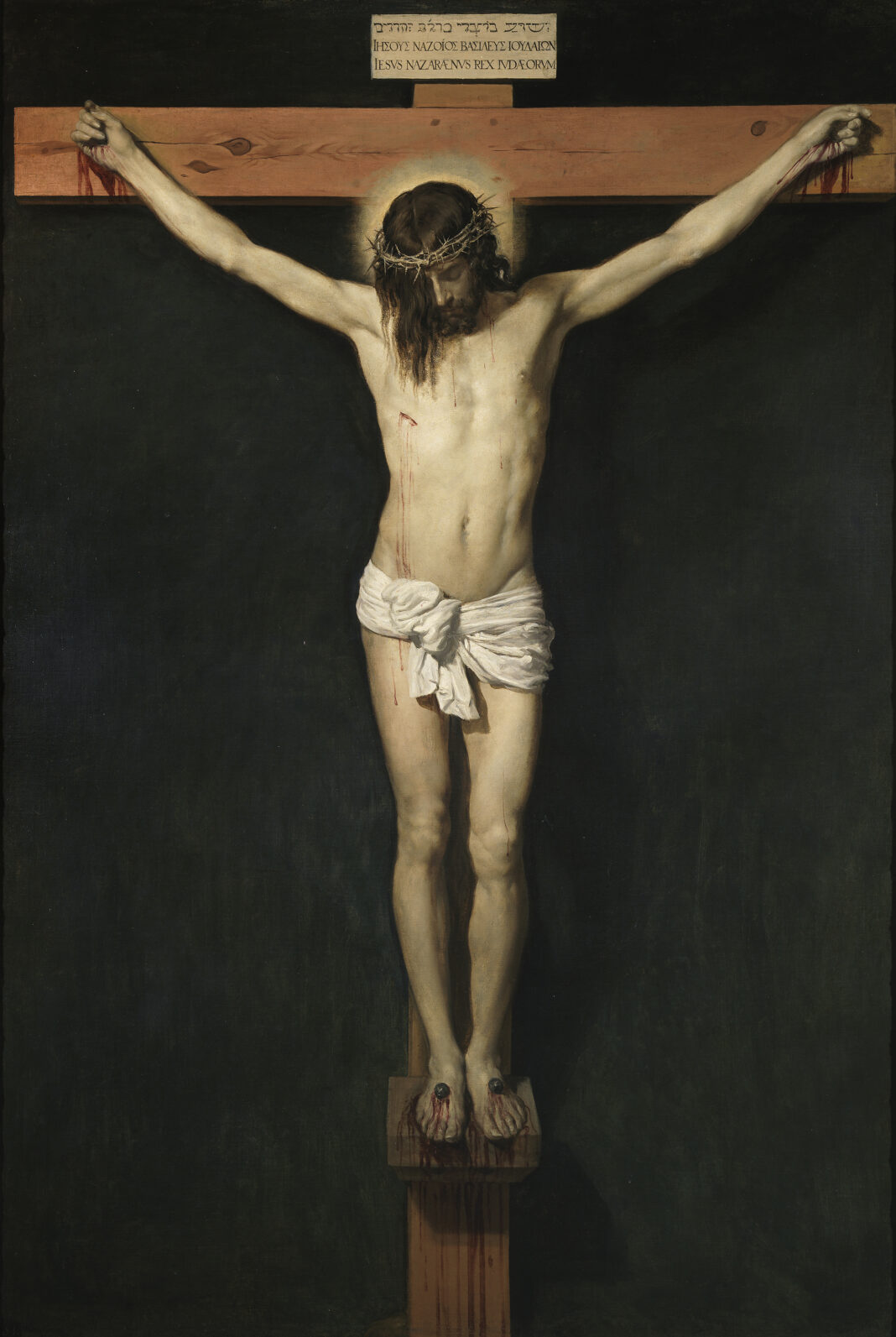UK-based archaeological page Being a disciple, shares some historical facts behind the crucifixion of Jesus in 1st-century Judaea, most likely in 30 AD or 33 AD.
UK-based archaeological and travel expertise, Being a disciple, who constantly shares the most authentic and exciting information with the people, took to his social media platform on Friday, April 7, 2023—to research and share some of the Unique facts on the crucifixion of Jesus.
Being a Disciple Discovered the four vital archaeological discoveries surrounding the crucifixion of Jesus Christ that confirm the biblical account. The four archaeological discoveries are:
1. The Pontius Pilate Inscription was discovered in 1961 during excavations at Caesarea Maritima, an ancient Roman city on Israel’s Mediterranean coast. The inscription is a block of limestone with a dedicatory text that mentions the name of Pontius Pilate, who was the Roman prefect of Judea at the time of Jesus’ crucifixion.
2. The ossuary of Caiaphas, the High Priest mentioned in the New Testament, was discovered in 1990 in a tomb in southern Jerusalem. The ossuary, a small limestone box used for the secondary burial of bones, was found with six other ossuaries in a family tomb. The inscription on the Caiaphas ossuary reads “Joseph son of Caiaphas,” which matches the name of the High Priest mentioned in the Gospels who played a significant role in the trial and crucifixion of Jesus.
3. The Giv’at ha-Mivtar Inscription was discovered in 1970 during excavations at an archaeological site near Jerusalem. The inscription is a text written in Hebrew on a limestone block and dates back to the 1st century CE, during the Second Temple.
The inscription warns non-Jews not to enter the Temple’s inner courtyard on pain of death. The text reads, “No foreigner shall enter within the forecourt and the fence around the sanctuary. Whoever is caught will be responsible to himself for the death which will ensue.” This discovery provided valuable historical and archaeological evidence of the strict regulations and tensions between Jews and non-Jews during the Second Temple period.
4. In 1968, an archaeological discovery was made in a tomb near Jerusalem of the skeletal remains of a man who had been crucified. The bones belonged to a young Jewish man named “Yehohanan, the son of Hagakol.” The remains included an iron nail driven through the heel bone, indicating that the victim had been crucified.
The bones also showed signs of a fracture in one of the victim’s legs, a common practice in Roman crucifixions to hasten death. This archaeological find provided valuable insight into the practice of crucifixion during the time of Jesus and confirmed the biblical account of the punishment.



